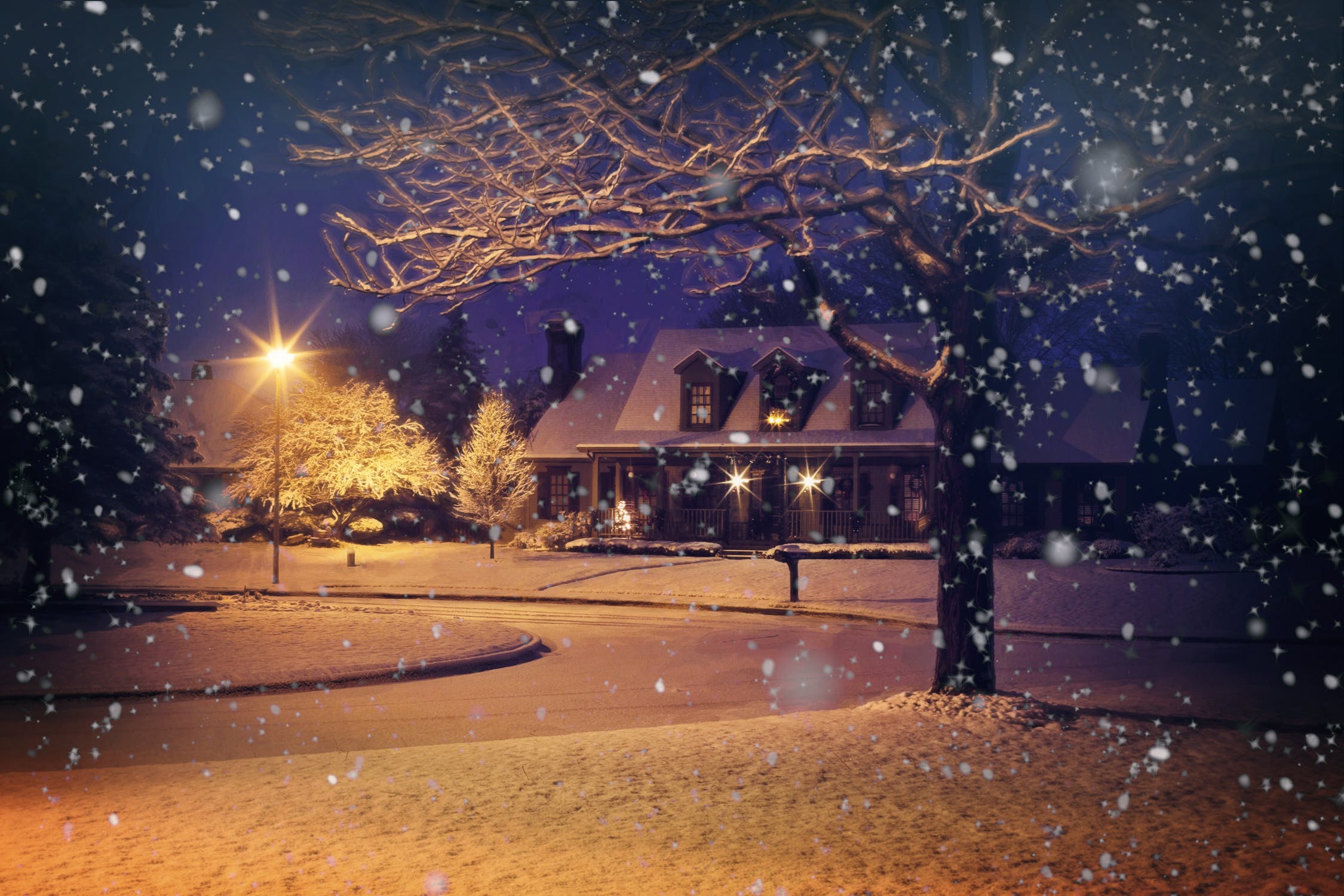
There are several ways to winterize your home, stay out of financial disaster, and prevent injury. Your home will require maintenance to keep it in good shape throughout winter. You will need to look at the gutters, furnace, and the landscaping. Winterizing protects your investment while keeping you comfortable. Here are four things you need to do to winterize your home.
1. Inspect the Furnace.
You need to call an HVAC (Heating, Ventilation, and air conditioning) professional to inspect your furnace and clean ducts. The HVAC professional will do a safety check for carbon monoxide, check blower operation, and examine the gas piping. You need to start stocking up on the furnace filters and have them changed on a monthly basis. Consider replacing your thermostat with a programmable one. Updating it will help you remain comfortable and reduce your energy bill. If you have a hot-water radiator, bleed the valves. Open them slightly and when water appears, close them. Do not forget to remove all flammable items from the area around the furnace.
2. Get the Fireplace Ready.
If you have not used your chimney for a while, call a chimney sweep to take of the soot and other undesired materials such as creosote. Keep out rodents and birds by capping or screening the top of the chimney. Look for enough firewood. You can buy or chop your firewood. Store the wood in a dry room away from the exterior of your home. Ensure the fireplace damper has proper opening and closing. Remember to inspect the mortar between bricks and tuckpoint.
3. Check the Exterior.
Inspect the exterior of your house for crevice cracks and exposed entry points around pipes. You should seal any entry points and refill the cracks. Purchase weatherstrippings for your doors and windows to prevent cold air from entering. If you have any cracked glass in windows, you need to replace them. Prime and paint any exposed wood. Go to the basement and protect its window wells by covering them with plastic shields. Inspect the foundation of your house and remove any debris and edible vegetation. Inspect sill plates for dry rot or pest infestation.
4. Trim any nearby trees.
A winter storm can destroy your outdoors and cause devastating effects in your surrounding area. Check whether any tree branches are hanging near your roof, windows, or driveways, and trim them back. Snow and ice accumulate on these branches weighing them down and causing them to break. Do not remove dead vegetation from your garden since they provide an attractive scenery in an otherwise snow-drenched yard. Move sensitive potted plants indoors or to a sheltered area. You can also take this opportunity to plan for spring. You can plant spring flower bulbs and lift bulbs that cannot winter over.

Winterizing your home requires you do many things including buying a heavy sweater for the season. You can also shop for a humidifier from sites like this. However, you can start with these four things.


